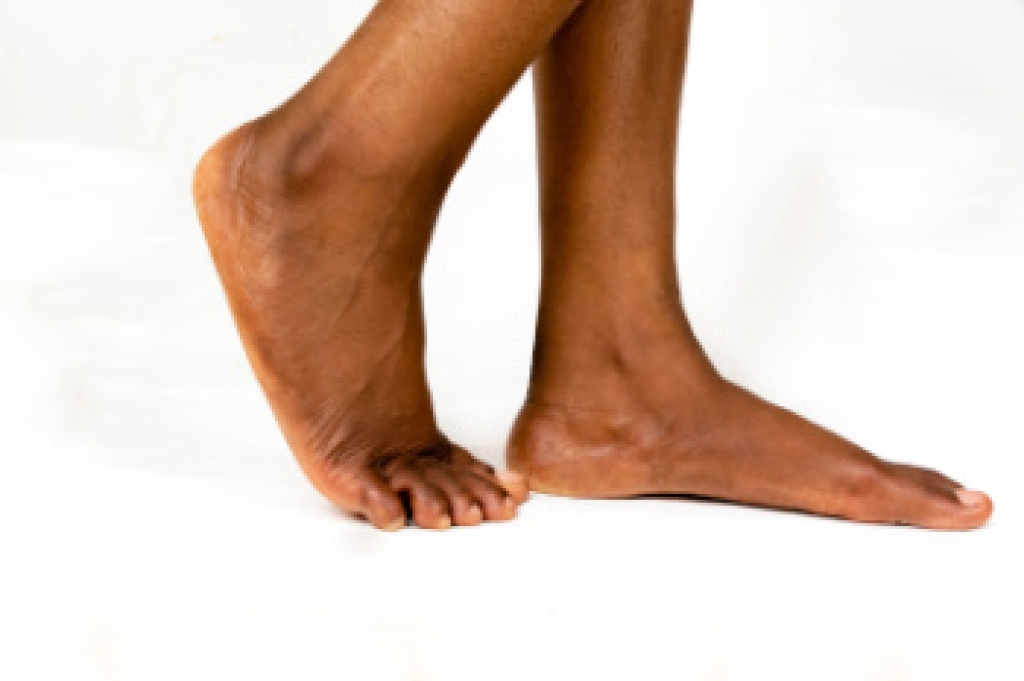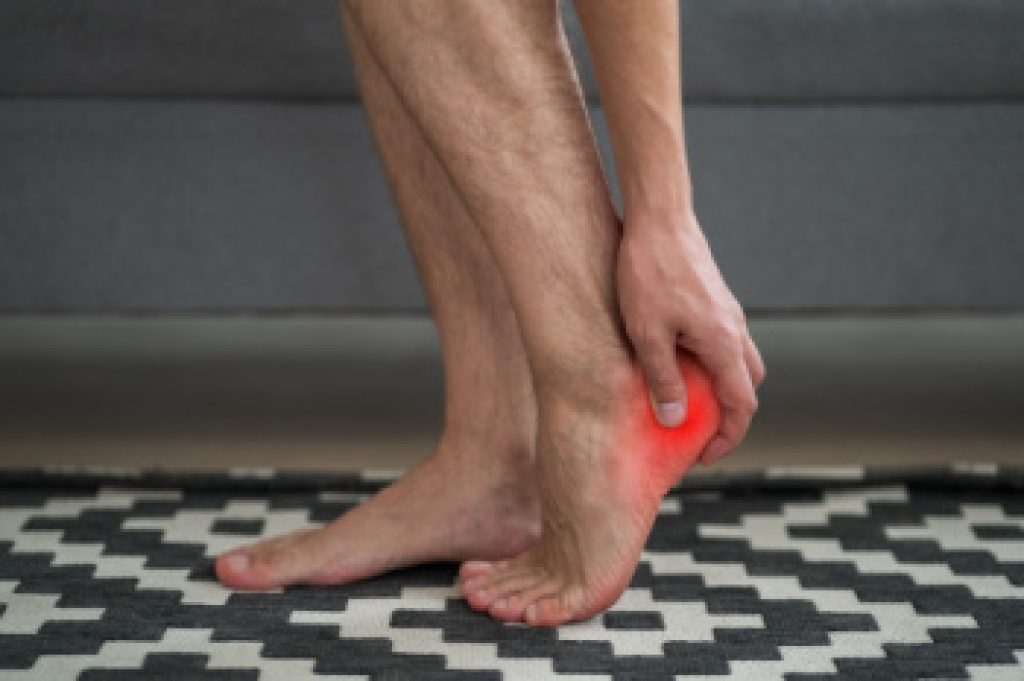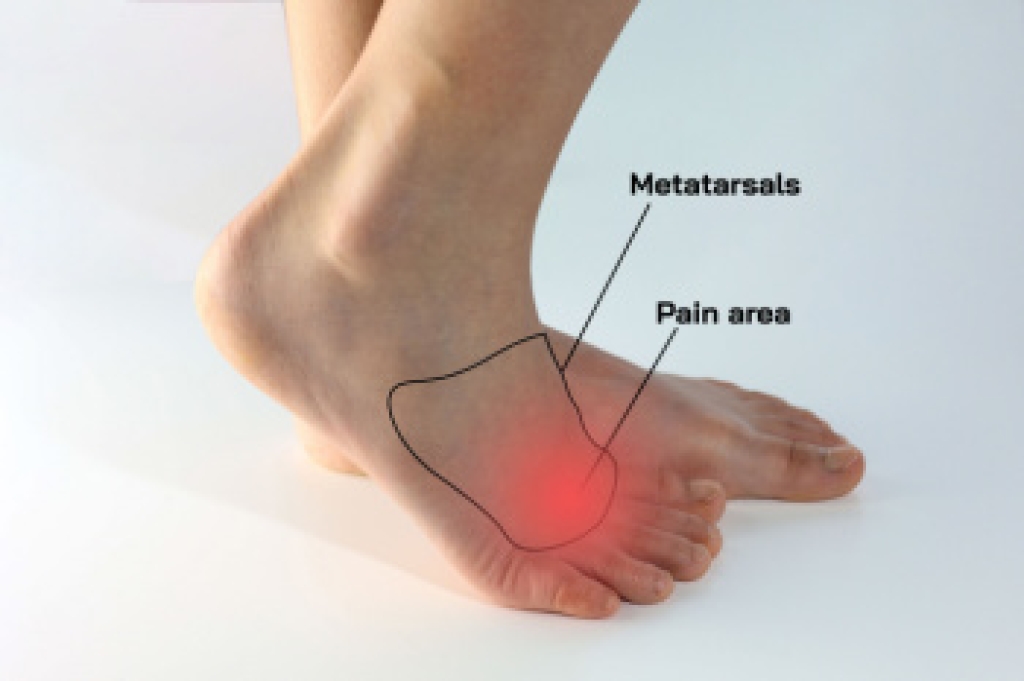
Flat feet occur when the arch on the inside of the foot flattens, causing the entire sole to touch the ground. This can lead to foot and ankle pain, tiredness after standing, and changes in walking. Strengthening the muscles in the feet through specific exercises can help support the arch and improve stability. These exercises focus on lifting the arch, spreading the toes, and flexing the feet up and down to build strength in the small muscles that support balance and motion. Strengthening muscles higher up the leg, like those around the hips, also helps improve alignment and reduces pressure on the arches. Over time, these exercises can help the feet feel stronger and more comfortable when standing or walking. A podiatrist can assess your feet, recommend proper exercises, and manage supportive care. If you have flat feet that are causing discomfort it is suggested that you make an appointment with a podiatrist for a diagnosis and treatment.
Flatfoot is a condition many people suffer from. If you have flat feet, contact Patricia Mcilrath, DPM from Health One Podiatry. Our doctor will treat your foot and ankle needs.
What Are Flat Feet?
Flatfoot is a condition in which the arch of the foot is depressed and the sole of the foot is almost completely in contact with the ground. About 20-30% of the population generally has flat feet because their arches never formed during growth.
Conditions & Problems:
Having flat feet makes it difficult to run or walk because of the stress placed on the ankles.
Alignment – The general alignment of your legs can be disrupted, because the ankles move inward which can cause major discomfort.
Knees – If you have complications with your knees, flat feet can be a contributor to arthritis in that area.
Symptoms
- Pain around the heel or arch area
- Trouble standing on the tip toe
- Swelling around the inside of the ankle
- Flat look to one or both feet
- Having your shoes feel uneven when worn
Treatment
If you are experiencing pain and stress on the foot you may weaken the posterior tibial tendon, which runs around the inside of the ankle.
If you have any questions, please feel free to contact our offices located in Reading and Rittenhouse Square, PA . We offer the newest diagnostic and treatment technologies for all your foot care needs.




